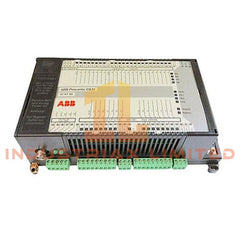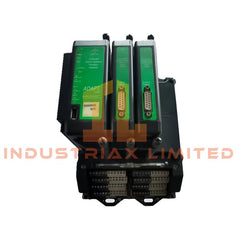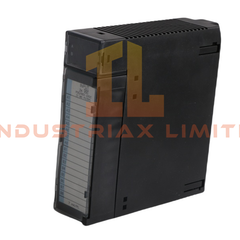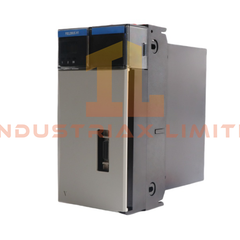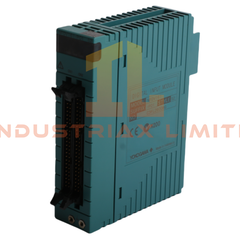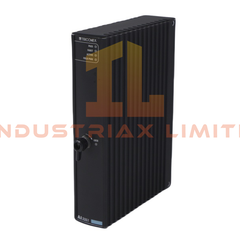Description
Product Overview
The IS220PDIOH1B Discrete Input/Output Module from GE’s Mark VIe series combines the functions of both PDIA and PDOA packs into a single, compact unit. It supports up to 24 contact inputs and controls 12 relay outputs, making it ideal for high-density signal processing in industrial control systems.
This module connects to the system via dual RJ-45 Ethernet ports and a 3-pin power input. Discrete signals are transmitted through a DC-62 connector, which interfaces directly with the associated terminal board. LED indicators provide visual diagnostics for power, activity, and signal status.
Technical Specifications
| Specification |
Details |
| Manufacturer |
GE |
| Series |
Mark VIe |
| Model |
IS220PDIOH1B |
| Description |
Discrete Input/Output Module |
| Voltage Input |
28 Vdc |
| Frame Rate |
1000 Hz |
| Dimensions |
8.3 cm × 4.2 cm × 12.2 cm |
| Weight |
340 g |
| Contact Inputs |
Up to 24 |
| Relay Outputs |
Up to 12 |
| Ethernet Ports |
Dual RJ-45 |
| Power Connector |
3-pin |
| Signal Connector |
DC-62 pin |
| Diagnostic Indicators |
LED status lights |
Features & Benefits
-
The IS220PDIOH1B supports both input and output functions in one integrated module.
-
Its 8.3×4.2×12.2 cm size allows easy installation in compact control panels.
-
Weighing only 340 g, the module is lightweight and easy to handle.
-
The 1000 Hz frame rate ensures fast and reliable signal processing.
-
Dual Ethernet ports provide robust communication with controllers.
-
LED indicators offer clear visual feedback for diagnostics and system health.
-
The DC-62 connector ensures secure and direct integration with terminal boards.
Application & Compatibility
The IS220PDIOH1B module is compatible with GE terminal boards such as TDBS for simplex applications and TDBT with WROB for TMR configurations. It suits industrial environments requiring both discrete input monitoring and relay output control.
Use this module in power generation, turbine control, and automation systems where space efficiency and signal density are critical. Its combined functionality reduces hardware complexity and simplifies system architecture.


